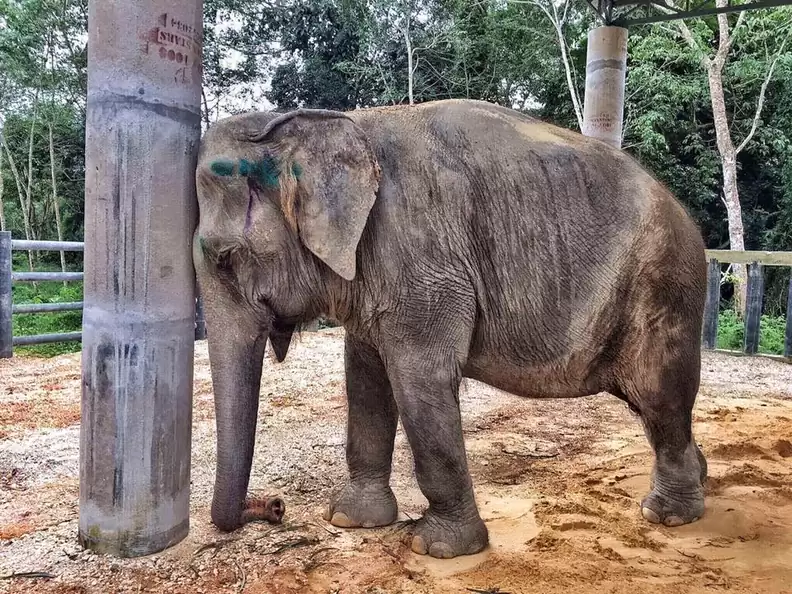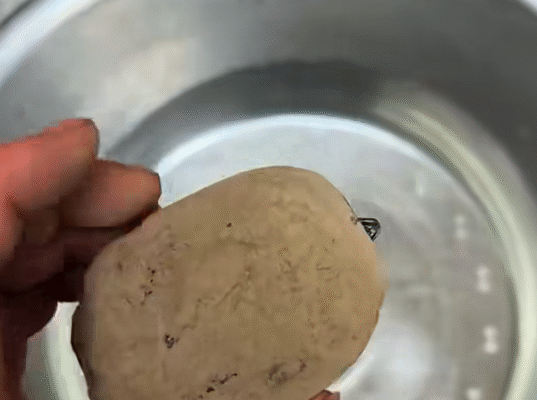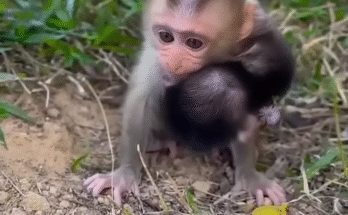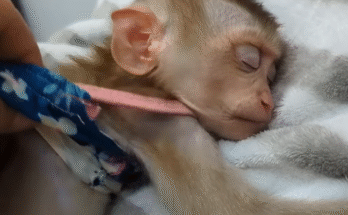It was a quiet Saturday afternoon when I decided to take a walk in the woods behind my house. The forest had always been a place of calm for me—a natural sanctuary where I could think, breathe, and observe wildlife. The summer sun filtered through the trees, casting golden patterns on the ground as I followed a path I’d walked dozens of times. But that day, something unexpected happened. Something strange. Something unforgettable.
As I rounded a bend near the small stream that trickled lazily through the undergrowth, my eyes caught a glint of green—an unusual kind of green, not like the moss or leaves that surrounded it. I stepped closer and froze. Sitting right at the edge of the water was a turtle unlike any I had ever seen.

Its shell shimmered slightly, with colors that changed when the light hit it—shades of emerald, sapphire, and even violet. The patterns on the shell looked like ancient carvings, almost as if someone had etched symbols onto it long ago. Its eyes were deep and intelligent, not dull or sleepy like most turtles I’d seen. And it wasn’t afraid of me. Instead, it looked right at me and blinked slowly, as if waiting for me to make the next move.
I crouched down, fascinated. The turtle didn’t move away. I gently extended my hand, and to my surprise, it crawled toward me and nudged my fingers. That small action felt like a quiet invitation.
I looked around. There were no other animals in sight, no signs of a nest or other turtles nearby. The more I studied it, the more I felt that this turtle didn’t quite belong here. I knew I couldn’t just leave it there, especially if it needed help—or if it was something rare, even endangered. With a mix of excitement and curiosity, I carefully picked it up and cradled it in a towel from my backpack. It didn’t resist.
“I guess you’re coming home with me,” I whispered.
Back home, I quickly set up a makeshift habitat in an old fish tank in my room. I added water, smooth stones, a basking spot under a lamp, and some leafy greens. The turtle explored it slowly, calmly, as if it approved. I decided to name it “Myst,” short for mystery, because that’s what it truly was.
That evening, I searched online to identify it. I browsed through images and descriptions of turtle species, from common snapping turtles to rare Asian softshells, but none of them matched Myst. The shell color, the unusual markings, the behavior—it was all unique. Even the way it ate was different: instead of munching like most turtles, it used its tongue in a precise, almost deliberate way to test food before eating it.
Over the next few days, I noticed more peculiar things. Myst seemed to respond to sound. If I played music softly, especially piano, it would move closer to the source. When I spoke to it, it tilted its head, as if listening. One morning, I found it had rearranged the stones in its tank into a near-perfect circle. I was both amused and unnerved.
Then came the dreams.
I began having vivid dreams of ancient forests, glowing ponds, and creatures that spoke without words. In each dream, Myst was there—larger, glowing faintly, surrounded by light. The dreams felt more like memories than fantasies, and each time I woke, I felt an odd sense of calm, like I had just been given a message I couldn’t quite remember.
One evening, a friend came over and saw Myst. He was stunned.
“I’ve never seen a turtle like that,” he said, peering into the tank. “It almost looks… magical.”
I laughed, but deep down, I knew he wasn’t far off.
We tried contacting a local wildlife expert to learn more. I sent pictures, described its behavior, and even invited the expert to see Myst in person. But strangely, the photos I sent never quite captured its colors or patterns. They looked ordinary, almost dull in the images, as if the turtle refused to show its true form to technology.
The expert visited, inspected Myst, and shrugged. “Could be a mutation. Or a hybrid. It’s definitely unusual, but nothing we’ve seen in the records.”
I could tell she was puzzled. But I didn’t press her. Some things, I felt, were meant to remain unexplained.
Raising Myst became a part of my daily life. I fed it, talked to it, watched it for hours. In return, Myst seemed to communicate in its own way—subtle shifts, gentle nudges, quiet presence. I no longer felt lonely, even when alone. Myst was more than a pet. It was a companion, a quiet guardian of sorts.
Over time, I began keeping a journal of everything Myst did. The patterns it made with stones. The sounds it responded to. The dreams I had. The changes in my mood and clarity. I noticed I was becoming more focused, more calm, and even more aware of nature. I started volunteering at the local wildlife center, inspired by the strange turtle that had entered my life.
Then, one day, Myst vanished.
I came home from school, and the tank was empty. No broken glass, no signs of escape—just a few ripples on the water and the stones arranged in the shape of a spiral.
I was heartbroken.
I searched everywhere—my yard, the woods, even the stream where I had found it. But Myst was gone. The dreams stopped, too. It was as if a chapter had ended.
Weeks passed. Then months.
Though Myst was no longer with me, its presence lingered in my life. I still found peace in the woods. I still felt the calm, focused clarity that had come during the time we shared. And sometimes, when I closed my eyes near the stream, I could almost hear that slow, thoughtful blink or see that shimmering shell in the water.
I never saw Myst again, but I often wondered—was it just a rare turtle? Or something more? A guardian of the forest? A messenger? A traveler from another world?
I may never know. But I do know this: the day I found that strange turtle, my life changed. And in some quiet, mysterious way, it will never be the same again.
And for that, I am forever grateful.



